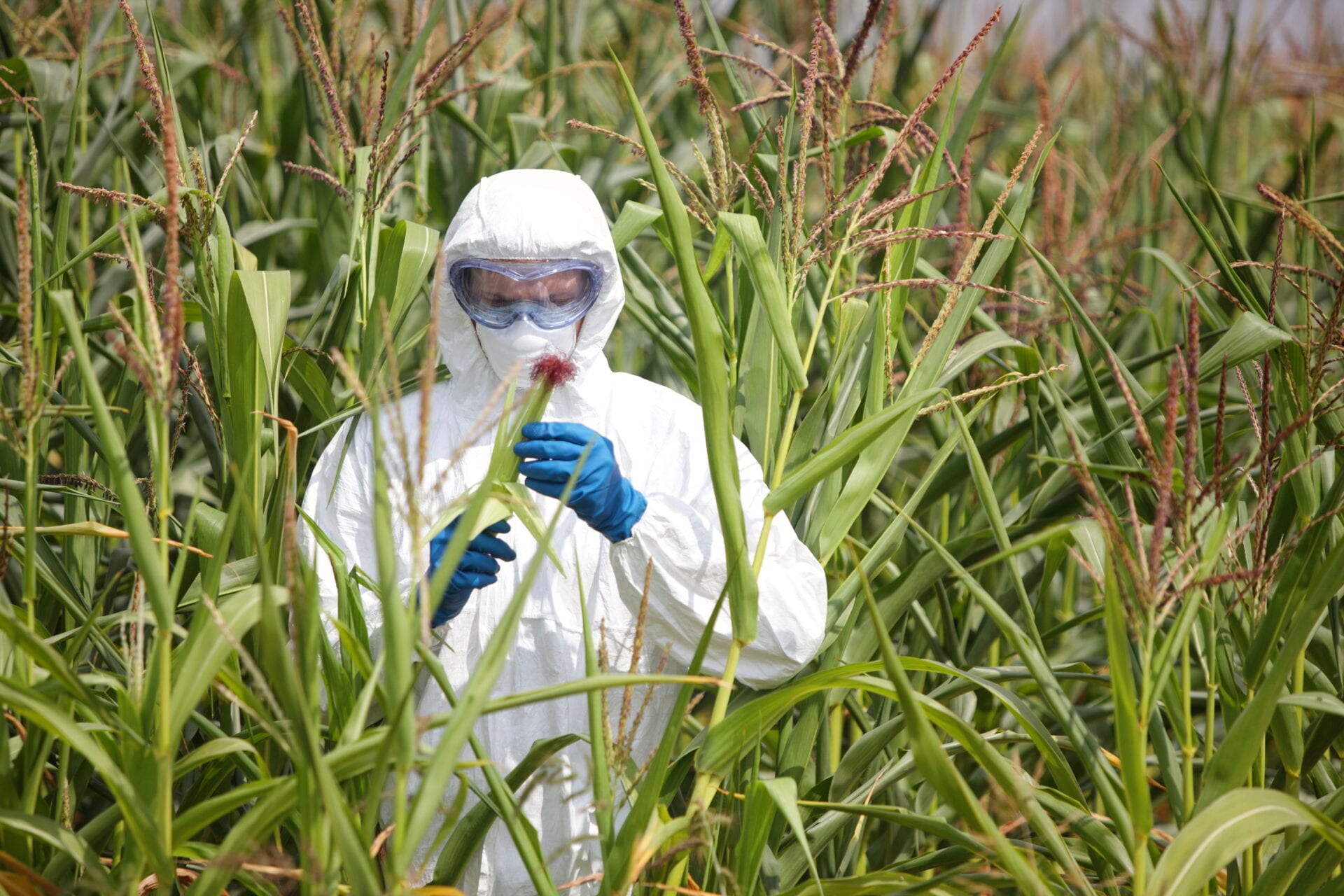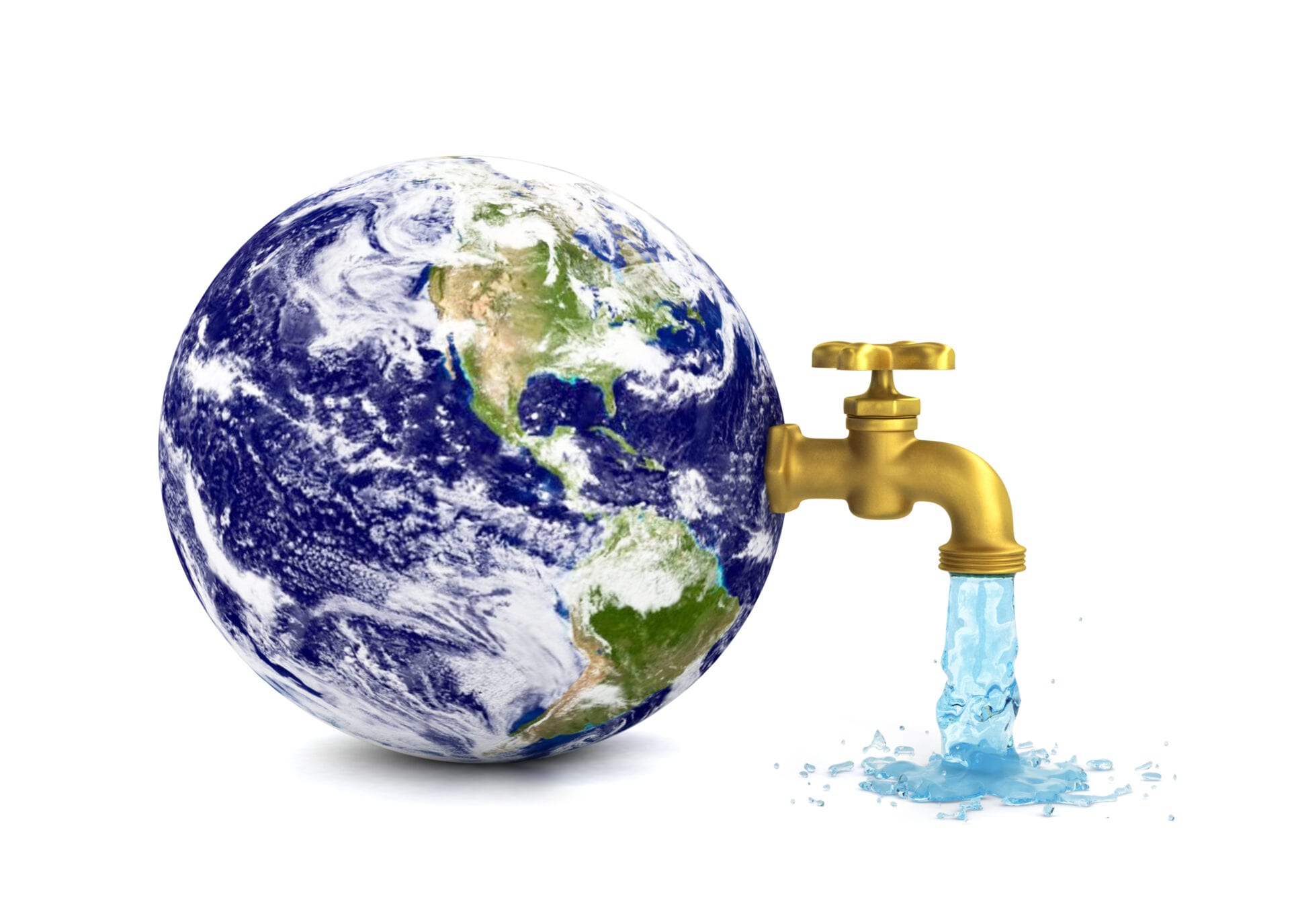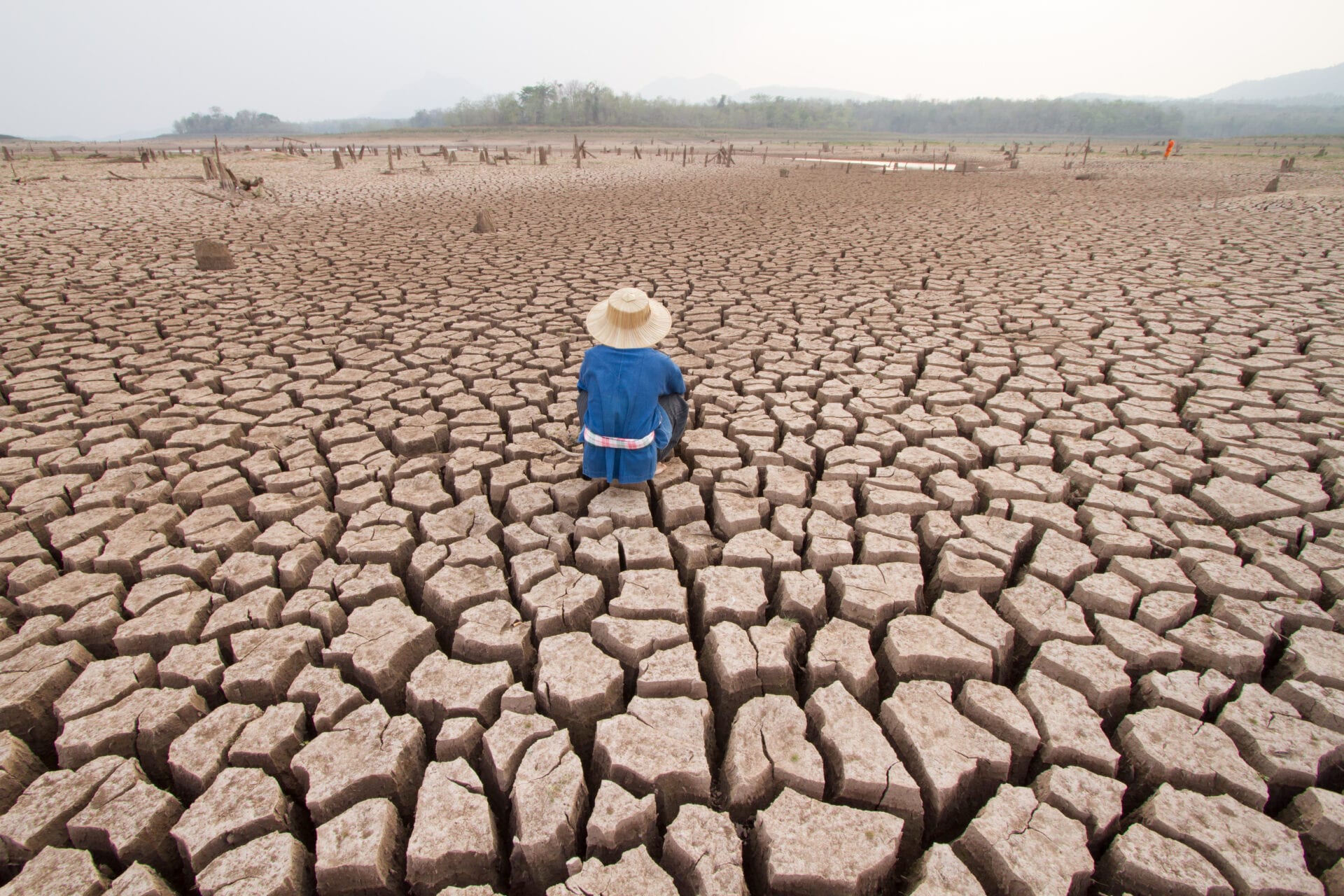Health Issues
-
Cancer Crisis - Lifetime Risk of Developing or Dying From Cancer Males 39.66%, Females 37.65%
Link to Article / Source American Cancer Society -
6 in 10 Adults in the United States Have a Chronic Disease. 4 in 10 Adults in the United States Have 2 or More Chronic Diseases
Link to Article / Source Centers For Disease ControlDiabetes Goes from less than 1% in 1958 to 9.4% in 2017. New CDC report: More than 100 million Americans have diabetes or prediabetes
Link to Report / Link to Report / Link to Report / Sources Centers For Disease Control Division Of Diabetes Translation, National Diabetes Statistics Report , Centers For Disease Control And Prevention
Percent of adults aged 20 and over with hypertension (measured high blood pressure and/or taking antihypertensive medication): 33.2% (2015-2016)
Link to Article / Source Centers For Disease Control
Bone Health and Osteoporosis: A Report of the Surgeon General.
* Due primarily to the aging of the population, the prevalence of osteoporosis and low bone mass is expected to increase. By 2020, one in two Americans over age 50 is expected to have or be at risk of developing osteoporosis of the hip; even more will be at risk of developing osteoporosis at any site in the skeleton.
Link to Article / Source The National Center for Biotechnology Information
Ordinary household products can be major sources of chemical exposure that add to your body’s toxic load.
Link to Article / Source vegan magazine
Long-term exposure to air pollution, especially ground-level ozone, is like smoking about a pack of cigarettes a day for many years, a new study says, and like smoking, it can can lead to emphysema.
The study, published Tuesday in the medical journal JAMA, is the largest of its kind. It looked at exposure to air pollution -- specifically to ground-level ozone, fine particulate matter, nitrogen oxide and black carbon. The study looked at more than 7,000 adults ages 45 to 84 for over a decade in six US metropolitan areas -- Baltimore, Chicago, Los Angeles, New York City, St. Paul, Minnesota, and Winston-Salem, North Carolina.
Air pollution may have killed 30,000 people in a single year, study saysLink to Article / Source CNN
The prevalence of disease and disabilities is on the rise and the numbers of the rise of chronic illness in children are terrifying.
1 in 3 is overweight
1 in 6 has learning disabilities
1 in 9 has asthma
1 in 10 has ADHD
1 in 13 has food allergies
1 in 20 has seizures
1 in 42 males has autism/1 in 68 has autism
It starts to be accepted as the new normal, but the deterioration of our children’s health and the rise of chronic illness in children is not normal. About 43% of those under the age of 18 suffer from at least one chronic condition. 54% of all children have chronic illness or are overweight.
That’s more than 1 in 2. What are we waiting for, the rise of chronic illness in children to become 1 in 1Link to Article / Source mamavation.com
Major depression cases in America are climbing rapidly, according to a study of medical claims by the health insurance group Blue Cross Blue Shield.
The report, titled “Major Depression: The Impact on Overall Health,” found that diagnoses of major depression swelled by 33 percent between 2013 and 2016, based on data from more than 41 million Blue Cross Blue Shield members. The total of commercially insured Americans suffering from major depression has topped 9 million, according to the research.Link to Article / Source everydayhealth.com
Do Americans Take Too Many Prescription Medications?
Survey finds 55% of people regularly take prescription meds—four drugs on averageLink to Article / Source consumer reports
Globally, antibiotic-resistant superbugs kill up to 700,000 people a year. Experts predict that in just over 30 years, by around 2050, antibiotic resistance is going to kill more people than cancer and diabetes combined. That means a rise to 10 million people killed by superbugs by then.
Link to Article / Source interestingengineering.com
“The system is broken,” said Dr. Mehraneh Dorna Jafari, an assistant professor of surgery at the University of California, Irvine, School of Medicine. She and her colleagues published a study that found that, of the 100 doctors who received the most compensation from device makers in 2015, conflicts were disclosed in only 37 percent of the articles published in the next year.
Link to Article / Source propublica
The truth is that we aren’t entirely sure how potentially toxic irradiated food is. According to Organic Consumers Association, the longest human feeding study on record lasted fifteen weeks. And other than a small, questionable Indian study, none have demonstrated the effects of feeding babies or children diets consisting of irradiated foods. Without extensive, long-term investigation, we can't know how safe these foods really are, specifically the safety of URP’s (especially the effects of 2-ACB on humans) and other chemical by-products, as well as the cumulative effects of diets heavy on irradiated food.
Link to Article / Source eluxe magazine
A study published in the journal Environmental Sciences Europe reveals that Americans have applied 1.8 million tons of glyphosate since its introduction in 1974. Worldwide, 9.4 million tons of the chemical have been sprayed onto fields.
And it's troubling, considering that in March 2015 the World Health Organization's International Agency for Research on Cancer unanimously determined that glyphosate is "probably carcinogenic to humans,"Link to Article / Source newsweek
YOUR DOCTORS THINK they make decisions based on medical evidence.
But they don't!
In fact, half of medical evidence is hidden from your doctors.
Link to Article / Source drhyman.com
In a 21-year Cleveland Clinic study led by Dr. Caldwell Esselstyn Jr., MD, advanced CAD was stopped and reversed in patients who complied with a plant-based diet and maintained a total cholesterol of less than 150 mg/dL and an LDL-cholesterol of less than 80 mg/dL.
“Coronary artery disease is virtually absent in cultures that eat plant-based diets, such as the Tarahumara Indians of northern Mexico, the Papua highlanders of New Guinea, and the inhabitants of rural China and central Africa,” wrote Dr. Esselstyn in Preventive Cardiology. “Hundreds of thousands of rural Chinese go for years without a single documented myocardial infarction.”Link to Article / Source doctorsthatdo.org
Consumers who care about supplement access must be on alert and stay engaged in this process, given the agency’s demonstrated hostility towards the natural products industry.
Link to Article / Source Alliance for Natural Health
In Europe, only Ireland (73%), Poland (1%), Serbia (3%), Spain (11%), and the U.K. (11%) fluoridate any of their water. Most developed countries, including Japan and 97% of the western European population, do not consume fluoridated water.
Link to Article / Source fluoridealert.org
-
A new report has looked at worldwide obesity rate trends over the past four decades, and it found that obesity in children and teenagers is 10 times higher now than it was in 1975, and that 5 years from now, more will be obese than underweight.
Link to Article / Source medicalnewstoday.com
-
Chronic kidney disease, or CKD, causes more deaths than breast cancer or prostate cancer. It is the under-recognized public health crisis. It affects an estimated 37 million people in the U.S. (15% of the adult population; more than 1 in 7 adults) and approximately 90% of those with CKD don't even know they have it. 1 in 3 American adults (approximately 80 million people) is at risk for CKD.
Link to Article / Source National Kidney Foundation
-
Nearly half of Americans have heart disease, study says. According to the study from the American Heart Association, 121.5 million Americans, or about 48.5 percent, dealt with heart or blood vessel disease as of 2016. The study says deaths from cardiovascular disease rose from more than 836,000 in 2015 to more than 840,000 in 2016. Findings were published in the peer-reviewed AHA journal Circulation.
Link to Article / Source USA Today
-
Link to Article / Link to Article / Source Association of American Medical Colleges and livestrong.com
-
Total sperm count among Western men fell 59.3 percent from 1973 to 2011, according to new research.
The sperm count of men in Western countries has been declining precipitously with no signs of “leveling off,” according to new research, bolstering a school of thought that male health in the modern world is at risk, possibly threatening fertility.Link to Article / Source New York Times
-
Like the FDA, the EPA is similarly toothless when it comes to protecting the public from dangerous chemicals. Though it has the power to investigate some consumer chemicals through the Toxic Substances Control Act, the agency can act only if a chemical poses an "unreasonable risk" to public health—and that is difficult to prove. Since the TSCA was passed in 1976, the EPA has only tested around 200 of the 84,000 chemicals on the market.
Link to Article / Source ecowatch
-
Martin Pall, a professor emeritus of biochemistry and basic medical sciences at Washington State University,
He added that if 5G deployments aren't stopped, "we [as a society] are playing around with our very survival."Link to Article / Source cnet.com
-
Link to Article / Source Centers For Disease Control And Prevention
-
(CNN)Patients might think the US Food and Drug Administration's stamp of approval means that a product is the last word on safety, but about a third of the drugs the FDA approved between 2001 and 2010 were involved in some kind of safety event after reaching the market, according to a study published Tuesday in the Journal of the American Medical Association.
The authors found that in that time, 222 novel therapeutics were approved, and there were 123 postmarket safety events involving 71 products that required FDA action.
Manufacturers needed to add 61 boxed warnings, also commonly called a black box warning, to call attention to serious or life-threatening risks.Link to Article / Source CNN
-
"A sizable increase in the incidence of cases of Lyme disease in the United States due to climate change is imminent," says Edson Severnini, assistant professor of economics and public policy at Carnegie Mellon University's Heinz College,
Link to Article / Source science daily
-
Half of adults aged 85 and over have Alzheimer’s.
According to the Alzheimer’s Association’s Facts and Figures report, an estimated 45% of American seniors 85 and older suffer from Alzheimer’s, and 1 in 10 people aged 65 and over (10%) has Alzheimer’s disease. It is the most common cause of dementia among older adults.Link to Article / Source www.aplaceformom.com
-
Several studies of fruits, vegetables and grains have suggested a decline in nutritional value over time, but the reasons may not be as simple as soil depletion. There is considerable evidence that such problems may be related to changes in cultivated varieties, with some high-yielding plants being less nutritious than historical varieties. Several other issues are involved, like changes in farming methods, including the extensive use of chemical fertilizers, as well as food processing and preparation.
Link to Article / Source New York Times
-
The amount of mercury in fish and other seafood depends on the species and the levels of pollution in its environment.
One study from 1998 to 2005 found that 27% of fish from 291 streams around the United States contained more than the recommended limit.Link to Article / Source healthline.com
-
We have just an abundance of scientific research now that demonstrates how this pesticide-dependent food system—which genetically engineered crops are tied to, to a degree—causes harmful impacts, even though the companies sold this to us as environmentally friendly, sustainable agriculture. The science has caught up and demonstrated that while there were some gains for some farmers on a short-term basis, the long-term sustainability is not there.
Link to Article / Source civileats.com
-
More than 80% of all genetically modified crops grown worldwide have been engineered for herbicide tolerance. As a result, the use of toxic herbicides, such as Roundup®, has increased fifteenfold since GMOs were first introduced. Genetically modified crops also are responsible for the emergence of “superweeds” and “superbugs,” which can only be killed with ever more toxic poisons such as 2,4-D (a major ingredient in Agent Orange).
Link to Article / Source nongmoproject
-
An array of pharmaceuticals - including antibiotics, anticonvulsants, mood stabilizers, and sex hormones - have been found in the drinking water supplies of at least 41 million Americans, an Associated Press investigation found.
The presence of so many prescription drugs - and over-the-counter medicines like acetaminophen and ibuprofen - in so much of our drinking water is heightening worries among scientists of long-term consequences to human health.
In the course of a five-month inquiry, the AP discovered that drugs have been detected in the drinking water supplies of 24 major metropolitan areas - from southern California to northern New Jersey, from Detroit to Louisville, Ky.
Link to Article / Source boston.com
-
in 1860, the average age of the onset of puberty in girls was 16.6 years. In 1920, it was 14.6; in 1950, 13.1; 1980, 12.5; and in 2010, it had dropped to 10.5. Similar sets of figures have been reported for boys, albeit with a delay of around a year
Link to Article / Source The Guardian
-
Over the course of two months, a 62-year-old man developed numbness and a “pins and needles” sensation in his hands, had trouble walking, experienced severe joint pain, began turning yellow, and became progressively short of breath. The cause was lack of vitamin B12 in his bloodstream, according to a case report from Harvard-affiliated Massachusetts General Hospital published in The New England Journal of Medicine. It could have been worse—a severe vitamin B12 deficiency can lead to deep depression, paranoia and delusions, memory loss, incontinence, loss of taste and smell, and more.
Link to Article / Source Harvard Health Publishing Harvard Medical School
-
Every wireless device is actually a two-way microwave radio that sends and receives a type of non-ionizing electromagnetic radiation called radio frequency radiation RF – EMF. This machine-made radiation is millions of times higher than the natural electromagnetic fields (EMFs) our grandparents were exposed to.
Numerous peer reviewed published research studies shows that these made-made pulsed electromagnetic frequencies cause adverse biological effects and are very different than the natural electromagnetic fields that have existed in the environment for years. Research on humans has found an association between cell phone use and serious effects such as brain cancer, headaches, damage to the brain and immune system.Link to Article / Source ehtrust.org
Environmental Issues
-
18 of the 19 warmest years all have occurred since 2001, with the exception of 1998.
The (piping hot) numbers are in: 2018 was the fourth hottest year on record, according to two independent reports released today (Feb. 6) by NASA and the National Oceanographic and Atmospheric Administration (NOAA).
Last year was so hot that global land- and ocean-surface temperatures were 1.42 degrees Fahrenheit (0.79 degrees Celsius) above the 20th-century average, NOAA reported. Since 1880, when record-keeping began, only three years — 2016 (the highest, in part because of El Niño), 2015 and 2017 — were hotter.
"The key message is that the planet is warming," Gavin Schmidt, the director of NASA's Goddard Institute for Space Studies in New York City, told reporters at a news conference. "And our understanding of why those trends are occurring is also very robust. It's because of the greenhouse gases that we['ve] put into the atmosphere over the last 100 years." [6 Unexpected Effects of Climate Change]
The trend isn't a new one. Nine of the 10 warmest winters have happened since 2005, and five of the warmest years on record happened within the last five years, or from 2014 to 2018.Link to Article / Source livescience.com
-
Ocean acidity has increased by 30% since the beginning of the Industrial Revolution. This increase is 100 times faster than any change in acidity experienced by marine organisms for at least the last 20 million years. Ocean acidification may threaten plankton, which forms the base of the marine food chain; it is key to the survival of larger fish.
Link to Article / Source unesco.org
-
Soil that is able to generate viable crops is rapidly on the decline, according to senior UN official Helena Semedo. Half of the topsoil on the planet has been lost in the last 150 years, and it can take decades, if not centuries, to regenerate. Numbers suggest only 60 years of viable topsoil left at the current rate of degradation and increased usage.
Link to Article / Source planetexperts.com
-
The World Wildlife Fund’s 2018 Living Planet report demonstrates a global wildlife population loss of 60 percent between 1970 and 2014. The report, which tracks over 4,000 species of mammals, birds, fish, reptiles and amphibians, is published every two years. “Earth is losing biodiversity at a rate seen only during mass extinctions,” the report says.
Link to Article / Source wildlife.org
-
Plummeting insect numbers 'threaten collapse of nature
The world’s insects are hurtling down the path to extinction, threatening a “catastrophic collapse of nature’s ecosystems”, according to the first global scientific review.
More than 40% of insect species are declining and a third are endangered, the analysis found.Link to Article / Source The Guardian
-
More than 90 percent of crop varieties have disappeared from farmers’ fields; half of the breeds of many domestic animals have been lost. In fisheries, all the world’s 17 main fishing grounds are now being fished at or above their sustainable limits, with many fish populations effectively becoming extinct. Loss of forest cover, coastal wetlands, other ‘wild’ uncultivated areas, and the destruction of the aquatic environment exacerbate the genetic erosion of agrobiodiversity.
Link to Article / Source fao.org
-
The first global assessment of pollinators ever has found that extinction pressures on species that facilitate crop production are threatening the world’s food supply, with hundreds of billions of dollars’ worth of food and agricultural production annually at stake.
Link to Article / Source sciencealert.com
-
Forests around the world are under threat. The threats manifest themselves in the form of deforestation and forest degradation. The main cause of deforestation is agriculture (poorly planned infrastructure is emerging as a big threat too) and the main cause of forest degradation is illegal logging. We’re losing 18.7 million acres of forests annually, equivalent to 27 soccer fields every minute.
Link to Article / Source worldwildlife.org
-
Factory farms pollute the environment and our drinking water, ravage rural communities, and harm the welfare of animals—while increasing corporate control over our food.
Link to Article / Source Food and Water Watch
-
When sea levels rise as rapidly as they have been, even a small increase can have devastating effects on coastal habitats farther inland, it can cause destructive erosion, wetland flooding, aquifer and agricultural soil contamination with salt, and lost habitat for fish, birds, and plants.
Link to Article / Source National Geographic
-
There are half as many African lions than there were 25 years ago.
The iconic species has disappeared from 94 percent of its historic rangeLink to Article / Source National Geographic
-
Largest-Ever Gulf Dead Zone Reveals Stark Impacts of Industrial Agriculture
A new survey of the dead zone in the Gulf of Mexico sounds alarm and points to extreme overuse of toxic chemicals from farms and CAFOs.Link to Article / Source civileats.com
-
Risks and Concerns of Fracking
Contamination of groundwater
Methane pollution and its impact on climate change
Air pollution impacts
Exposure to toxic chemicals
Blowouts due to gas explosion
Waste disposal
Large volume water use in water-deficient regions
Fracking-induced earthquakes
Workplace safety
Infrastructure degradation
Source of Fracking ContaminationLink to Article / Source serc.carleton.edu
-
Meat production requires a much higher amount of water than vegetables. IME state that to produce 1kg of meat requires between 5,000 and 20,000 litres of water whereas to produce 1kg of wheat requires between 500 and 4,000 litres of water.
Link to Article / Source The Guardian
-
Science and Money: Problems and Solutions
Three systematic reviews of over 40 publications examining the relationship between sources of funding and research outcomes found that studies with industry funding were more likely to report results that favored the company’s products than studies with independent sources of funding.
Link to Article / Source US National Library of Medicine National Institutes of Health
-
Mountaintop removal coal mining, often described as "strip mining on steroids," is an extremely destructive form of mining
An area the size of Delaware has been flattened. Local coal field communities routinely face devastating floods and adverse health effects. Natural habitats in some our country's oldest forests are laid to waste.Link to Article / Source Earthjustice
-
How strong is the association between campaign spending and political success? For House seats, more than 90 percent of candidates who spend the most win. From 2000 through 2016, there was only one election cycle where that wasn't true: 2010. “In that election, 86 percent of the top spenders won,”
Link to Article / Source fivethirtyeight.com
-
UN Report: Nature’s Dangerous Decline ‘Unprecedented’; Species Extinction Rates ‘Accelerating’. Most comprehensive assessment of its kind;
1,000,000 species threatened with extinction. Nature is declining globally at rates unprecedented in human history – and the rate of species extinctions is accelerating, with grave impacts on people around the world now likely, warns a landmark new report from the Intergovernmental Science-Policy Platform on Biodiversity and Ecosystem Services (IPBES), “Link to Article / Source United Nations Report
-
Global Fish Stocks Depleted to 'Alarming' Levels
If we keep pulling fish out of our waterways at this rate, we're going to run out of fish. The Guardian has revealed that due to vast overfishing, nearly 90 percent of global fish stocks are either fully fished or overfished, based on a new analysis from the United Nations Food and Agriculture Organization (FAO).
Link to Article / Source Ecowatch
-
Many of the water systems that keep ecosystems thriving and feed a growing human population have become stressed. Rivers, lakes and aquifers are drying up or becoming too polluted to use. More than half the world’s wetlands have disappeared. Agriculture consumes more water than any other source and wastes much of that through inefficiencies. Climate change is altering patterns of weather and water around the world, causing shortages and droughts in some areas and floods in others.
At the current consumption rate, this situation will only get worse. By 2025, two-thirds of the world’s population may face water shortages. And ecosystems around the world will suffer even more.
Link to Article / Source rainforest-alliance.org
-
Humanity has wiped out 60% of mammals, birds, fish and reptiles since 1970, leading the world’s foremost experts to warn that the annihilation of wildlife is now an emergency that threatens civilization.
Link to Article / Source The Guardian
-
If climate change is left unchecked, rising temperatures, extreme weather and land degradation could trigger a global food crisis, according to a report released by a United Nations panel.
Link to Article / Source NBC News
-
Livestock causes far more climate damage than first thought, says report
Climate change emissions from meat production are far higher than currently estimated, according to a controversial new study that will fuel the debate on whether people should eat fewer animal products to help the environment.
In a paper published by a respected US thinktank, the Worldwatch Institute, two World Bank environmental advisers claim that instead of 18 per cent of global emissions being caused by meat, the true figure is 51 per cent.
Link to Article / Source independent.co.
-
Tropical coral reef coverage around the world has declined by 30 to 50 percent since the 1980s. Nearly 75 percent of the world’s reefs face threats from pollution, habitat destruction, overfishing and, increasingly, a changing climate that increases temperatures, sea level, and acidity in the oceans.
Link to Article / Source pbs.org
-
As global temperatures rise and the human population expands, more of the planet is vulnerable to desertification, the permanent degradation of land that was once arable.
While land degradation has occurred throughout history, the pace has accelerated, reaching 30 to 35 times the historical rate, according to the United Nations.
More than 75 percent of Earth's land area is already degraded, according to the European Commission's World Atlas of Desertification, and more than 90 percent could become degraded by 2050.
Link to Article / Source worldwildlife.org
-
WILD ANIMALS ARE being poached on a massive scale, with millions of individual animals of thousands of species worldwide killed or captured from their native habitats. Poaching poses a growing threat to elephants, rhinos, and other charismatic animals, as well as to smaller and more obscure creatures, like certain lizards and monkeys.
Link to Article / Source National Geographic
-
Our food security hinges on the struggle now underway over who controls the earth’s seeds
Link to Article / Source salon.com
-
Scientists have published more than 230 peer-reviewed studies looking at weather events around the world, from Hurricane Katrina to Russia’s 2010 heatwave. The result is mounting evidence that human activity is raising the risk of some types of extreme weather, especially those linked to heat.
Carbon Brief’s analysis suggests 68% of all extreme weather events studied to date were made more likely or more severe by human-caused climate change.
Link to Article / Source www.carbonbrief.org
-
key facts about farmed fish.
1 - The nutritional benefits of fish are greatly decreased when it’s farmed.
2 - Tuna and salmon, for example, need to eat up to five pounds of fish for each pound of body weight. The result is that prey (fish like anchovies and herring) are being fished to the brink of extinction to feed the world’s fish farms. “We have caught all the big fish and now we are going after their food,” says the non-profit Oceana, which blames aquaculture’s voracious hunger for declines of whales, dolphins, seals, sea lions, tuna, bass, salmon, albatross, penguins, and other species.
3 - Farmed fish are loaded with disease, and this spreads to wild fish populations.
4 - Farmed fish are packed as tightly as coins in a purse, with twenty-seven adult trout, for example, typically scrunched into a bathtub-sized space. These unnatural conditions give rise to diseases and parasites, which often migrate off the farm and infect wild fish populations.
5. Fish farms are rife with toxins, which also damage local ecosystems.
6. Farmed fish are living in their own feces.
7. Farmed fish are always trying to escape their unpleasant conditions, and who can blame them?
8. As aquaculture makes fish production increasingly efficient, and fish become more widely available and less expensive, demand increases across the board.
9. When the heavy environmental damage they cause is taken into account, fish farming operations often are found to generate more costs than revenues.Link to Article / Source wellnessmama.com
-
75 percent of the world’s agricultural land goes into meat production
Taking into account the amount of cropland devoted to feedstock, an estimated 75 percent of the world’s agricultural land goes into meat production. Meat production is also extremely water-intensive; producing one pound of meat requires between 5,000 and 20,000 liters of water, while producing one pound of wheat requires much less—between 500 and 4,000 liters.
Link to Article / Source Population Connection
-
While independent media outlets still exist (and there are a lot of them), the major outlets are almost all owned by just six conglomerates.
Link to Article / Source Webfx
-
a monoculture is a single crop repeatedly grown on the same land.
So why are these food sources at risk in addition to the harm being done to the environment? Well, to start, when one crop is planted repeatedly on the same land, certain nutrients become depleted from the soil due to the crop’s specific nutrient demand.
In fact, the Earth’s soil is depleting at more than 13 percent the rate at which it can be replaced. which is scary because approximately 75 percent of the world’s crop varieties have been lost over the last 100 years as the result. This time frame corresponds roughly to the beginning of monoculture farming, which is dated back to 1901.
Link to Article / Source One Green Planet
-
Nuclear power comes with plenty of other risks that aren't so obvious: the hazards of uranium mining, the fouled water, and the radioactive waste.
Link to Article / Source grist.org












































































